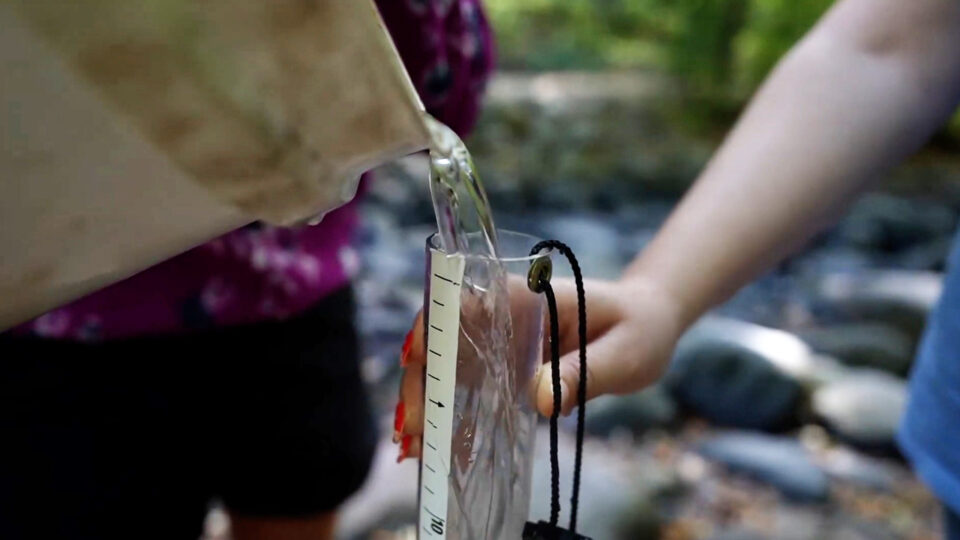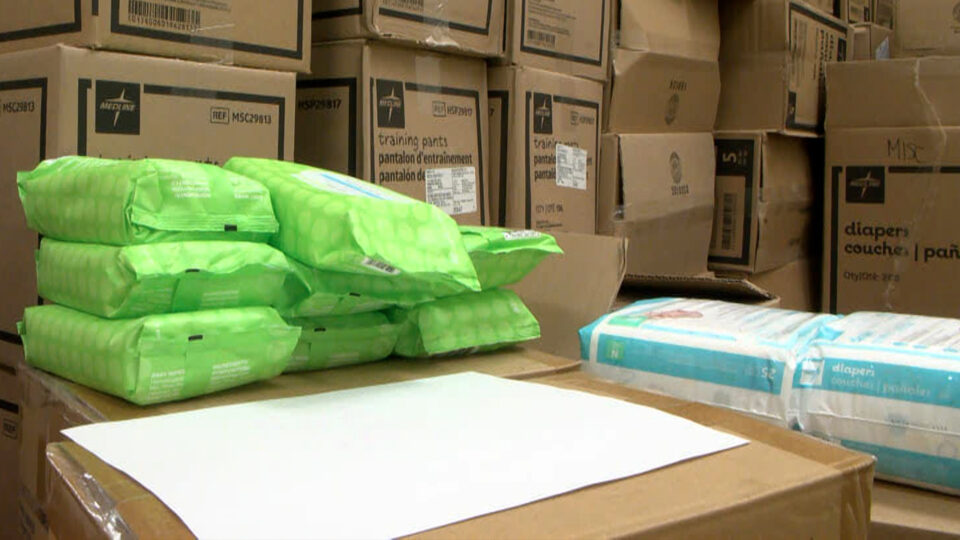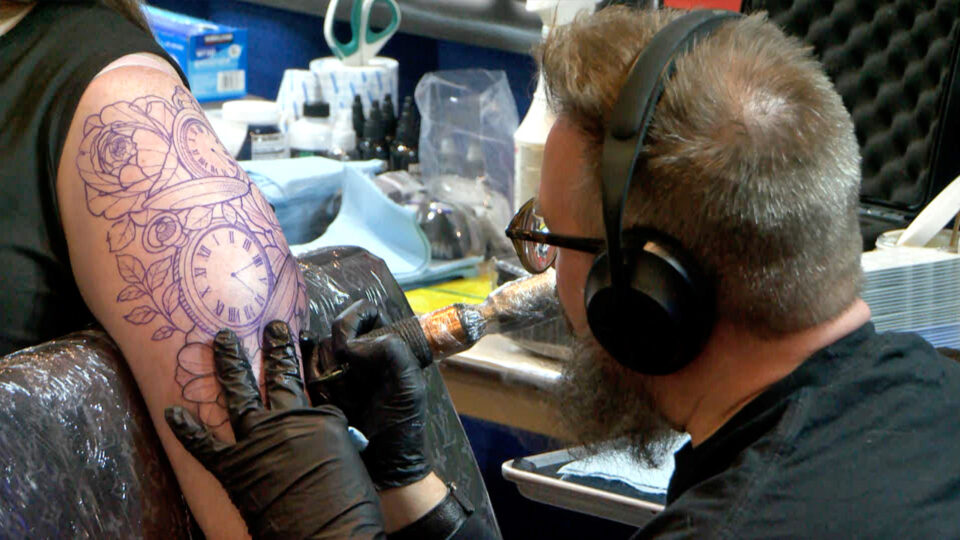Aug 10, 2023 | By: Mary Balstad
Bemidji Residents Facing Shortage of Affordable Housing Options
This is part one of a two-part story on a lack of housing stock in the Bemidji area. Part two, which discusses possible solutions to the problem, is available here.
It’s a problem that the Minnesota legislature tackled this past session, but one that’s affected communities for years now – the housing crisis. The available options for what people can call their home seems to be dwindling by the day in the Bemidji area as prices continue to rise, especially for low-income individuals.
The Department of Housing and Urban Development defines affordable housing as “a household that can obtain 30% or less of its income.” Minnesota Housing says about 437,000 lower-income households in the state spend more than that on housing, making it unaffordable.
The housing shortage across Minnesota can be seen from the Twin Cities to the north woods. In Bemidji, a study conducted by Beltrami County says about 1,000 units are required to alleviate the crisis.
“We have a housing shortage, especially in low to moderate-income units,” explained Beltrami County Health & Human Services Director Anne Lindseth. “We have been working hard with partner agencies to address that housing shortage, but we definitely have a need.”
“There’s a lack of affordable housing,” said community member Misty Bray. “Everything is above market rate. It’s really tailored to high-end living, if you will.”
This need for housing goes beyond a single demographic. Headwaters Regional Development Commission Community Development Specialist Sandy Hennum states that what’s required for affordable stock in Bemidji spans a spectrum, ranging from workforce housing and senior housing to single-family units and multifamily homes.
The Northwest Minnesota Foundation has even taken note of the racial disparities with Bemidji’s current housing stock. While Native Americans make up about 10% of Bemidji’s population, the NWMF estimates they make up to 75% or higher of the population that requires housing assistance.
“There’s a racial issue. There’s an elder issue, there’s a disability issue,” said Bray. “And I think for too long we have looked past that, that there really are things that we can’t keep looking around our community and ignoring.”
While the average cost of living in Bemidji is relatively low compared to the rest of Minnesota, at about $27,000 per year, people working at minimum wage jobs face more difficult circumstances. Hennum said in a recent study of the area from the HRDC, those making minimum wage would need to work 48 hours in a two-week pay period to be able to rent a one-bedroom apartment.
“Because of the trickle-down effect, the lower income people are going to be affected from that just because they’re under resourced,” said Hennum.
“While the housing market has gone up, nobody’s wages have gone up,” explained Bray. “So that 30%, we’re actually above that. And nobody wants to talk about that. They want to go around the fact that it actually is a higher number than what’s being given.”
Some people, such as former Red Pine Estates resident Shirley Driskell, have even noted how difficult finding housing can be when landlords will not accept government aid programs such as vouchers.
“It makes it really impossible. There’s hardly anybody that’s wiling to take a voucher, willing to do a [subsidy] unless you actually have in place, you know, pay rent straight out of your pocket,” said Driskell. “And I don’t think I’m going to be able to find anything.”
The crisis has grown for years. With no exact starting point, some say the housing market crash in 2008 could be a possible start to the stock declining in Bemidji.
“There’s definitely an unmet need and supply of housing is not meeting the demand,” said NWMF Program Officer Cory Boushee. “I’d estimate that’s probably been happening for 10 or more years.”
Although government bodies are looking at ways to alleviate the crisis, it may be too little, too late.
“Right now there’s nothing regulating it. And so now we’re at a crisis now,” said Driskell. “All these people that don’t have money everywhere, Social Security or, you know, disability and they’re out. You can’t find a home. You can’t.”
Lakeland News will air part two of this story on Thursday, August 10th, which will look at possible solutions that the state of Minnesota is working on, along with area organizations and entities.







